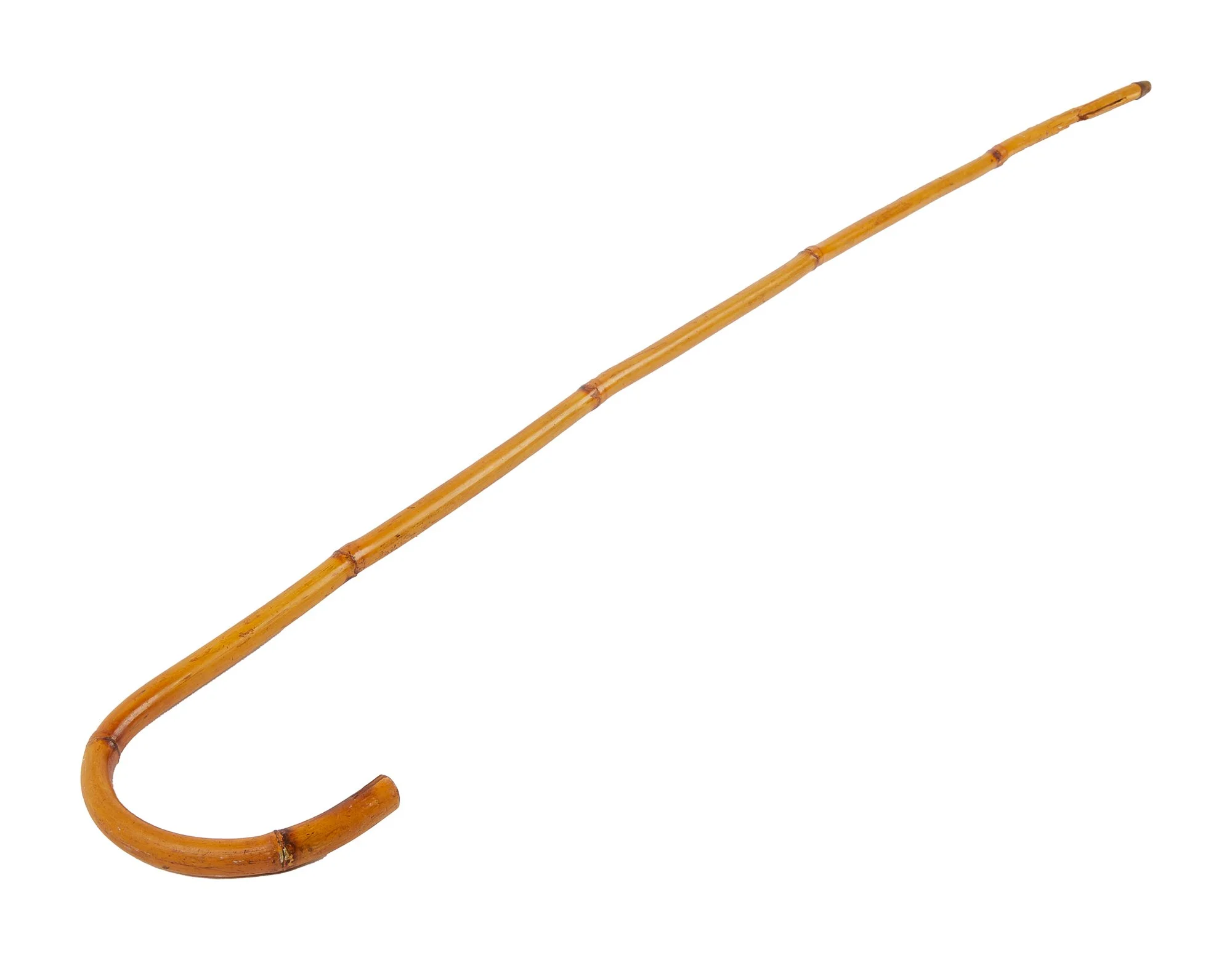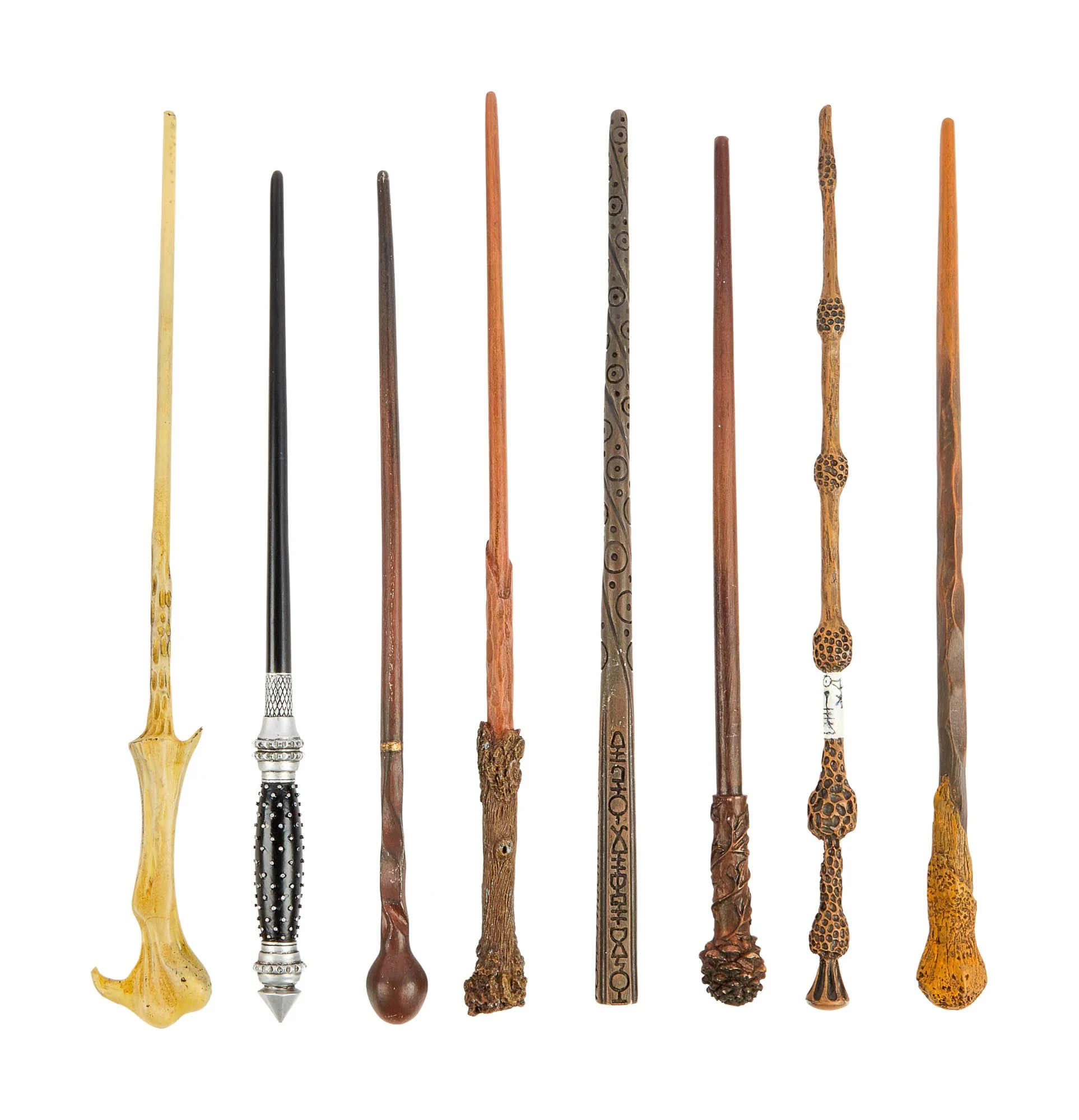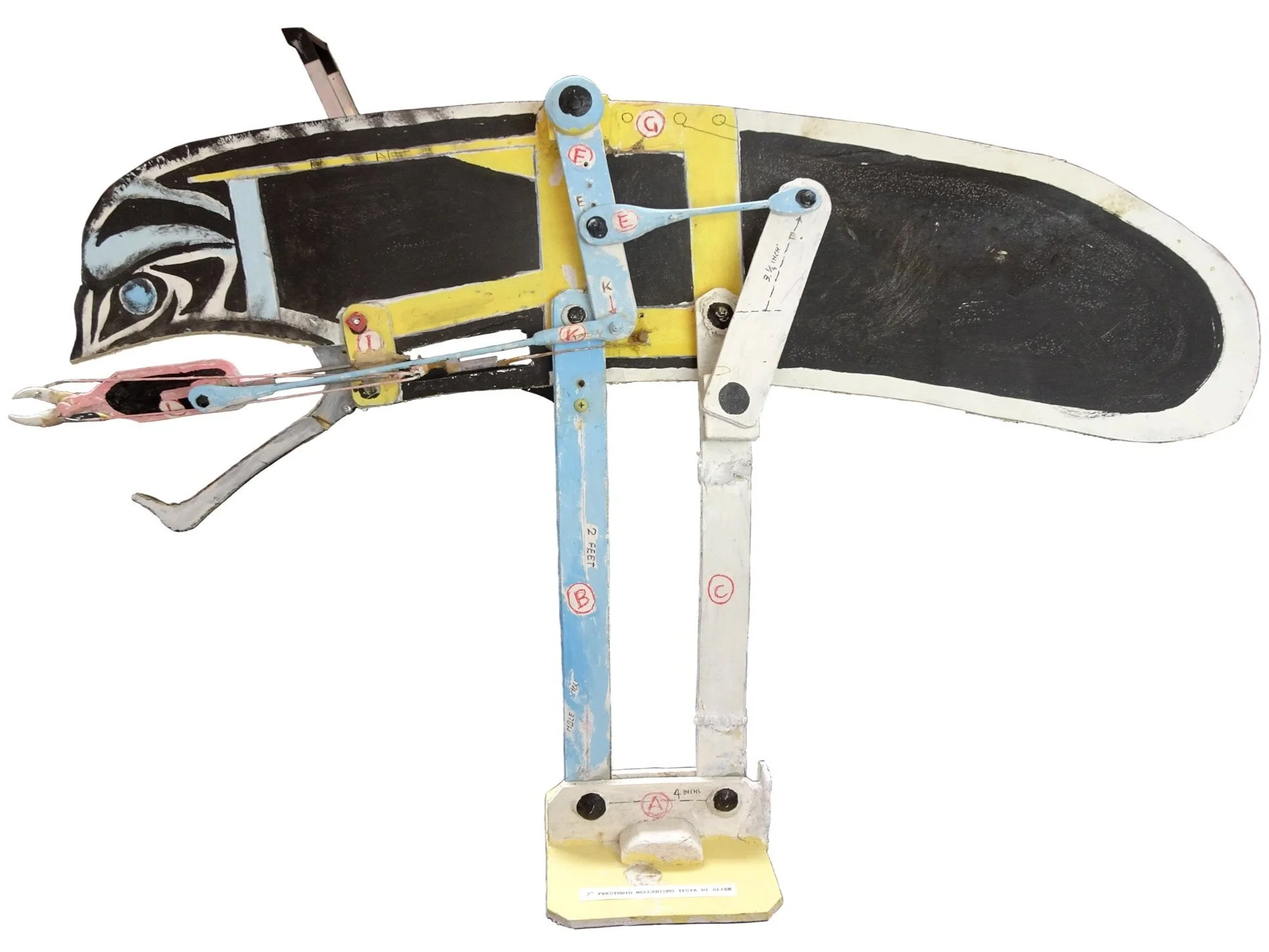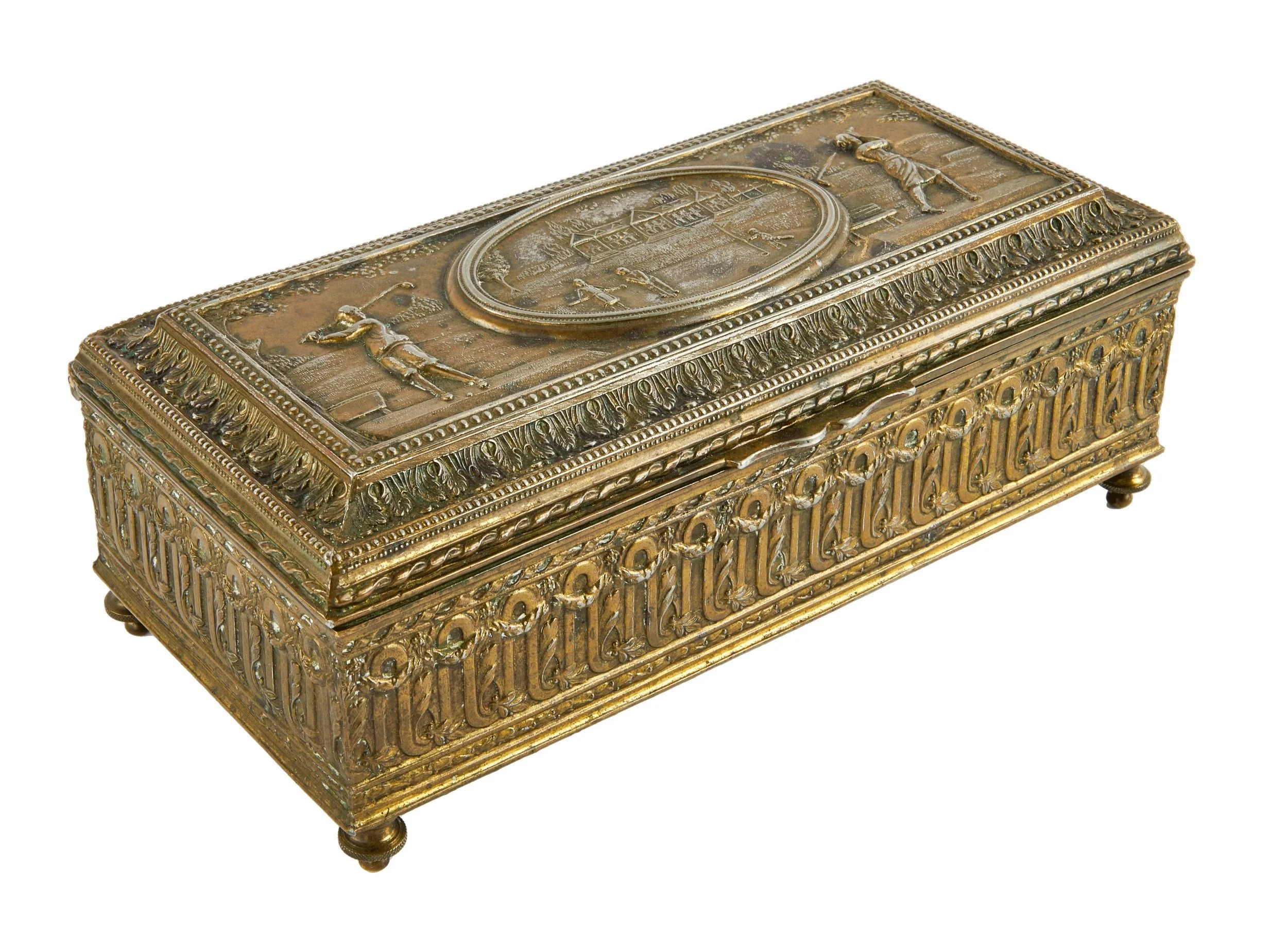Julien’s Auctions: Hollywood Classic & Contemporary
by CHAD KENNERK
Coined the ‘auction house to the stars’, Julien’s Auctions holds the Guinness World Record for the most expensive dress ever sold at auction–Marilyn Monroe’s much discussed “Happy Birthday, Mr. President” dress, which sold in 2016 for a record-breaking $4.81 million. Founder, Executive Director and a principal of Julien’s Auctions, Martin J. Nolan oversaw the three-day Marilyn auction, which featured the property of famed acting coach Lee Strasberg, as well as the infamous Jean Louis dress worn by Monroe at Madison Square Garden in 1962.
Last year the auction house became the new partner of Turner Classic Movies (TCM), generating two co-branded sales that featured a treasure trove of original costumes, props and movie memorabilia. Highlights included the E.T. the Extra-Terrestrial mechatronic—the animatronic character skeleton that brought E.T. to life—which sold for $2.5 million. The staff Charlton Heston wielded as Moses in DeMille’s The Ten Commandments went for $448,000. Designed by Academy Award winner William Travilla, Marilyn Monroe’s elaborate costume for the number "After You Get What You Want You Don't Want It" from There's No Business Like Show Business fetched $218,750.
Now, Julien’s Auctions and TCM present Hollywood: Classic and Contemporary on April 22nd and 23rd. With pieces spanning the breadth of film history from the Queen of the Nile (Theda Bara in 1917’s Cleopatra) to the King of the Ring (Michael B. Jordan in this year’s Creed III), the auction boasts something for everyone. Among the sale’s treasures are Darryl F. Zanuck’s personal pre-production script for The Jazz Singer (the first feature-length talkie), a screen-matched ornate brass cigarette box from Universal’s horror classic Dracula, Warren Beatty’s Dick Tracy trench coat—even rare nudes of Harpo Marx. There are plenty of contemporary pieces too, such as Christian Bale’s Batman Begins cowl and Robert Downey Jr.’s Iron Man helmet from Captain America: Civil War. The highest valued items in the sale are a screen-matched, three-piece white suit worn by John Travolta for his iconic dance scenes Saturday Night Fever and Harrison Ford’s screen-used rope bridge machete from Indiana Jones and the Temple of Doom. In advance of the upcoming auction, Film Review chats with Julien’s Martin Nolan about his background and the upcoming sale.
In conversation with Martin J. Nolan, Founder/Executive Director of Julien’s Auctions
Film Review (FR): This is another massive collection of movie memorabilia from Julien’s Auctions. How long have you been working on Hollywood: Classic & Contemporary and what’s the process of putting together an auction of this scale?
Martin Nolan (MN): Julien’s is known for our Hollywood themed auctions, also our Rock & Roll and Sports auctions. We do our Hollywood Legends auctions every year in the spring. It takes a year to assemble them. We partner with Turner Classic Movies, which is a great partnership, sort of a dynamic duo and a natural fit. That really helps us to build out the sale. We have almost 1,400 lots going on the auction block April 22nd and 23rd.
(FR): Almost a year ago, TCM and Julien’s Auctions announced they were teaming up. This marks the third auction you’ve collaborated on. Can you talk about that partnership and collaboration?
(MN): This year is huge because the sister company of TCM, Warner Bros., is celebrating 100 years. We’ll actually be at the TCM Film Festival, showcasing some of the highlights we have coming up in the auction. There’s great interest in it. It’s to continue the love of movies, but also taking it to the next level. We have the movies we watch again and again and again. Now, with the auction, people have an opportunity to own some of these iconic items from their favourite movies, bringing it to life. As it turns out, these items are not just for fans, the items that come to Julien’s Auctions are museum worthy. Museums want to have them in their galleries. We can all relate to three-dimensional items, like Monets or Picassos, hanging on walls in galleries or homes. Very few people can relate to spending millions of dollars on artwork, but if you have John Travolta’s suit from Saturday Night Fever, that’s going to get the party going right there. It’s a fantastic conversation piece, it’s a really iconic movie, it’s disco, it represents so many things in just that piece of fabric.
(FR): Julien’s is an auction house that’s well known for its expertise in pop culture artefacts. How did your Julien’s journey begin?
(MN): I mentioned Warner Bros. celebrating 100 years, but we’re very proud at Julien’s to say that we’re celebrating 20 years this year. When I left Merryl Lynch in 2005 to join Julien’s Auctions, it was frowned upon that I was going to a memorabilia auction house, it was a a no-name auction house at the time, only two years in existence. I really loved the whole concept. I remembered when Martin Zweig, who is a Wall Street investor, bought Marilyn Monroe’s dress she wore when she sang “Happy Birthday” to President Kennedy in 1999 for $1.25 million (a world record at the time) and he said it was an investment. He was someone who had a weekly newsletter of stock picks that I subscribed to and all of a sudden he was buying dresses. That was a complete wake up. When I joined the company in 2005, we were doing the second estate auction for Marilyn Monroe and I saw the fans. I saw the importance of these items to the Marilyn fans. I saw what it meant to them, to be able to photograph and be up-close with something very personal that belonged to Marilyn Monroe, who died in 1962, the year I was born. So that was like, ‘Oh my God, this is something’. Now I look back and say, ‘Yes, that was something then and it really is something now’. People just love it and I love my job as a result. I get to take items on tour and give people an opportunity to see the items. They might not ever meet John Travolta, but they can get to see the suit he wore in Pulp Fiction or Saturday Night Fever. That’s an amazing reward for me, regardless of the record prices that these items are fetching right now, it’s just to see the joy that these items represent to people along their own journey in life.
(FR): It’s been fascinating to see the hobby evolve dramatically over the past several years and as you mentioned, museums are now collecting pieces. How has that been for you, seeing this space evolve, with these materials finally being recognised as important pieces of artwork.
(MN): It’s incredible. Museums obviously want the items, because if a museum has John Travolta’s suit, people are going to show up and want to see it. We love the public access, because the suit hasn’t been seen, has never come to auction before and suddenly, potentially, it could be in a museum. Or it may be a hedge fund that buys it and holds it for five or ten years and sells it for more than what they paid for today.
(FR): Seeing props, costumes and ephemera in-person, you do feel as though you’re getting a behind-the-scenes glimpse at a classic film or a film that you grew up with that you love.
(MN): You remember when you went to see Grease or Saturday Night Fever or Pulp Fiction. It represents a time in your life and we’re all nostalgic. You’re transporting yourself back in time to a more youthful you. You were on a date, maybe you took your partner there. Various events in your life that are woven into this item. John Travolta’s three-piece suit. For me, [Saturday Night Fever] was one of the first movies that I went to as a teenager. It was part of growing up. It represented disco. It represented somebody who came from the working class. He got on the dance floor and was transported from his mundane, everyday lifestyle. Suddenly, he was a rockstar on the dance floor. That’s what movies do, they take you from your normal life. You sit down and watch a movie and you escape from your own day-to-day routines. Also, you’re looking at the cars, the clothing they wore, the lifestyle. That was influencing you, and certainly John Travolta became a fashion icon. Guys wanted to dress like John Travolta dressed, those three-piece suits became very fashionable at the time. It’s a form of escape, but also it’s a form of education, enlightenment and influence on you–even though you might not be aware of it. You might see an amazing jacket, or shoes, or dress, or a car that then motivates you to say, ‘I want to get that’.
(FR): Whether it’s a classic or a contemporary film, there’s certainly nothing like sitting in the cinema without distraction and experiencing a film with other people.
(MN): It’s the whole atmosphere of it. Buying the ticket and going. Investing the time. Setting aside the two hours and that’s your time. That’s when you’re doing something for you, really. You rest, you recharge, you’re energised and motivated perhaps by the movie you go to see.
(FR): There are some very iconic costumes in this auction. From the naval uniform worn by Steve McQueen in The Sand Pebbles, to Marilyn Monroe’s There’s No Business Like Show Business swimsuit, to Mia Farrow’s Rosemary’s Baby maternity dress. And speaking of John Travolta, you also have his suit from Pulp Fiction.
(MN): The John Travola Vincent Vega suit. So iconic. You see the suit he’s wearing, but there’s a backstory to that. What type of suit? How narrow the tie should be. How the shirt would fit. They were planning to maybe have a linen suit, because [costume designer Betsy Heimann] thought the character was a bit ruffled, so maybe if he wore a linen suit, it would get wrinkled throughout the scenes. That’s not what they chose in the end, but these are all the stories that I find fascinating. It just doesn’t come about that he wore the black suit and tie. A lot of work goes into making that decision and how it’s represented. As Shakespeare said, “The clothes maketh the man.” [Costume designer] William Travilla said, “The clothes maketh the woman.” All that to say, it’s a part of the character. If it was a different colour, or a different style, it may not have impacted the character as much as what was chosen. Those are the layers that go into making a movie, creating the character and bringing that character to life.
(FR): Have you encountered any particularly interesting stories or provenance behind any of the pieces for this sale?
Chaplin gifted the cane to Danny Kaye, who had been touted as the next Chaplin early in his career. Kaye later gifted it to Morris, a regular performer on The Danny Kaye Show. Images courtesy of Julien’s Auctions.
(MN): To me, every piece tells a story. Every piece is iconic in its own right. Charlie Chaplin’s cane. When people think of Charlie Chaplin, they think of that little man in silent movies and the cane. This was a personally owned bamboo cane that we’re selling. What’s interesting is, the cane is coming from this guy by the name of Howard Morris. People knew him as a very famous character on the Andy Griffith show back in the 60s. It transferred from Charlie Chaplin to Howard Morris, so there’s a double whammy if you will. It’s just a bamboo cane, but you weave in–personally owned by Charlie Chaplin and comes from the estate of Howard Morris. That gets people really interested and fascinated. They’re buying the story, if you will.
(FR): Speaking of props, there’s also a slew of wands and props from the Wizarding World of Harry Potter.
A selection of wands from the Harry Potter franchise. Images courtesy of Julien’s Auctions.
(MN): We have incredible items from that whole series. A broom, various wands. They’re highly collectible. The people that would want Harry Potter [items], would have no interest in Charlie Chaplin’s cane or John Travolta’s suit, but the nice thing about an auction is that it’s not specific to any one audience. Whether you’re watching Singin’ in the Rain or Harry Potter—probably a different generation—you can still be a part of this historic auction. Already, we’ve had over 100k people view the auction. People can go to julienslive.com and see the catalogue, the items listed, and all the details. On April 22nd and 23rd, it’s a live auction in our gallery in Beverly Hills, so people will be bidding in the room. People can also bid by phone or they can bid online with live-streaming video. They can see and hear the auctioneer and if they wish to bid, they can bid against people in real time. Or people can just sit down and watch the auction and see history. This is history, because these items are changing hands from one owner to another owner. We ship all over the world. It might be going to an iconic museum, or an investor, or a place of business that displays items like this–which is also becoming more and more popular.
(FR): How are estimates placed on these pieces? You mentioned Singin’ In the Rain. I think the estimate that surprised me the most was Jean Hagen’s Lina Lamont Singin' In the Rain dress. Estimated at $1,000 - $ 2,000, five pre-auction bids already have it at $5,000.
Theda Bara’s vulture headdress from the 1917 film Cleopatra. Images courtesy of Julien’s Auctions.
(MN): We put conservative auction estimates on these items and then the bidding public determines what is the true value. When the gavel goes down, that’s when we know what the value is. Most of our generation associates Cleopatra with Elizabeth Taylor. It took so long to film and she was the highest paid actress of the time [Taylor signed a $1 million contract for the 1963 film], but there was a Cleopatra done in 1917 with Theda Bara, a lady that came out of Ohio. A lot of the original footage from that movie is lost, but what we do have is the vulture-shaped coronation headdress. It’s in amazing condition, with beautiful colours. 1917—that’s amazing. A lot of the footage is gone, but yet, we have this coronation headdress. It’s photo-matched and estimated at $20,000-$30,000. The estimate is influenced by how rare of an item it is, its condition, the age of it, and the movie it’s associated with. All of those factor into where we estimate items, but again, when the gavel goes down, that determines its true value today.
(FR): With this particular auction, is there one treasure that stands out for you personally?
(MN): John Travolta. That three-piece white suit. It’s so iconic and it makes so many statements on so many levels. It’s estimated at $100,000-$200,000, which is very conservative in my opinion. Polyester was the fabric of the 70s. It was a new fabric, everyone was wearing polyester. It’s not the fabric of choice today, because it doesn’t breathe like linen or silk or wool and natural fibres. John Travolta had to do all those dance routines in polyester. The shirt was tied on him [via an elastic strap that went between the legs] so that it didn’t get ruffled. It stayed in perfect position while he did all those incredible dance moves up on the floor. That’s something that the wardrobe department pays attention to, all those details. Saturday Night Fever, the Bee Gees music, the 70s. It was my youth, it was disco. If you said to me, pick one lot from this auction, that would be the one. Mind you, I would have a list of twenty items I could put down. If you go to juliensauctions.com and look through this catalogue of items, there are definitely items in there that will make you smile and reminisce. That’s what this is, just a continuation of entertainment. This is all part of the creation of the movies, the costume department, the prop department. The movie is wrapped, but these things still exist and people have a chance to bid. We’re just the caretakers of these items. In years to come, you’ll come back and sell them again and very likely, you’re going to sell them for more than you paid for them today. I’ve noticed in my 18 years with Julien’s Auctions, items continue to appreciate in value, they become more and more sought after.
(FR): It’s great fun to tune in, whether you’re bidding or not, and watch these items sell on the auction block in real time.
(MN): And people are already bidding online right now, putting in pre-bids. Our auctioneers are very entertaining. They make it fun and give little tidbits about the items. You actually learn a lot. You see who’s really collectible, who are the blue chips in the collectible world. It’s all genres. It’s for men and women. Everyone can be a part of it. It’s a great, entertaining experience and you might get the bug and want to own something.
An original Xenomorph mechanical test study apparatus created by Academy Award-winning visual effects master Carlo Rambaldi during the pre-production phase of the sci-fi horror classic Alien (1979). The device served as a blueprint in developing the creature’s signature double-mouth and helped Rambaldi to determine the proper mechanisms he would later install into the alien's head. The film won Best Visual Effects and gave Rambaldi his second Oscar (he won his third for E.T.)
An original screen-matched, mirrored cigarette box used in both Todd Browning's and George Melford's English and Spanish productions of Dracula (1931). Three were produced as prototypes for a country club in Burbank, CA (two in brass), but were ultimately rejected and sold. Both brass boxes were then acquired by Universal for the production. The box appears during the pivotal moment when Van Helsing realises that the Count is a vampire. Images courtesy of Julien’s Auctions.
MARTIN J. NOLAN is a Founder, Executive Director and a principal of Julien’s Auctions. As Executive Director, he is responsible for assisting in formulating the company’s future direction and supporting tactical initiatives. As a principal of Julien’s, Martin has been responsible for the planning and execution of high profile artefact auctions and collections. Martin has managed the sales of notable collections including the property of Marilyn Monroe, Lady Gaga, Cher, Barbra Streisand, Elvis Presley and Frank Sinatra, among many others. Prior to joining Julien’s in 2005, Nolan’s extensive financial background included executive positions on Wall Street for over a decade with Merrill Lynch and J.P. Morgan Chase. A graduate of Reppert School of Auctioneering, Martin earned a Reppert Diploma, the sign of excellence in the field of auctioneering. Martin’s efforts are also concentrated on developing and expanding the company’s presence in Europe, Australia and Asia, where Julien’s has maintained continued success with Nolan’s global relationships. Nolan’s passion for popular culture and the auction industry is only matched by his dedication to philanthropic efforts alongside Julien’s Auctions. A firm believer in the power of celebrity, Martin routinely assists charities in raising much needed funds and has conducted auctions for numerous high profile organisations. Martin regularly appears on broadcast programs and international networks, including the BBC, representing Julien’s Auctions in the global media. Born and raised in Athlone, Co. Roscommon, Ireland, he now resides in Los Angeles and New York.
Learn more about Julien’s Auctions and register for Hollywood: Classic & Contemporary at: julienslive.com.














